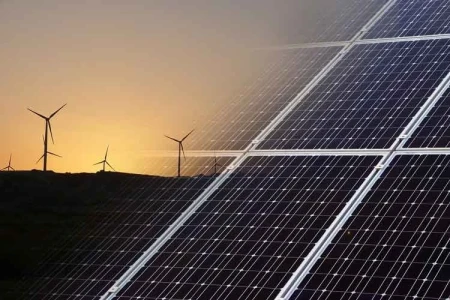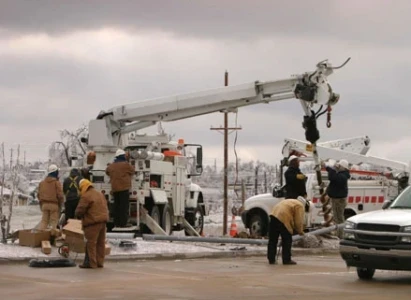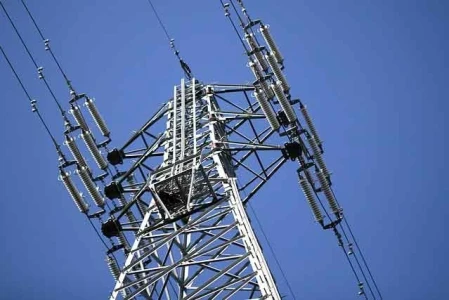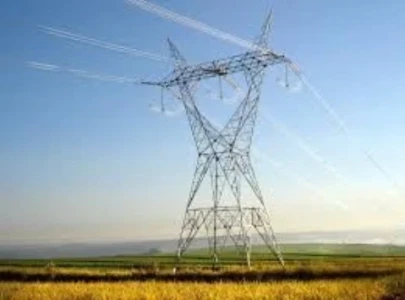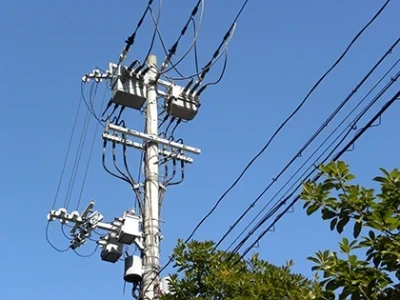PPL Kentucky Proposes Gas and Storage Expansion for Data Centers
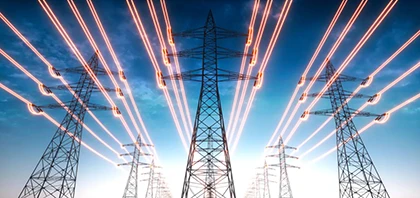
PPL Corporation’s Kentucky subsidiaries, Louisville Gas and Electric (LG&E) and Kentucky Utilities (KU), have submitted an ambitious proposal to the Kentucky Public Service Commission (PSC) aimed at meeting the growing energy demands of data centers. The utilities’ plan, which was filed on February 28, 2025, requests approval for a $3.7 billion investment to develop new gas-fired generation units and an extensive battery storage project. This proposal is a direct response to the increasing load from data centers, which are rapidly becoming a significant driver of electricity consumption in the state.
Meeting the Demand of Data Centers
The heart of PPL's proposal is the development of 1.3 gigawatts (GW) of natural gas-fired capacity and 400 megawatts (MW) of battery storage. This expansion is designed to address the expected surge in energy demand from data centers, a sector that is expected to see substantial growth in Kentucky. Notably, this includes supplying power to some of the largest emerging industrial projects in the region, such as the BlueOval SK Battery Park—a joint venture between Ford and SK On that is being constructed in the state.
The rise of data centers is driven by the increasing need for cloud computing, artificial intelligence, and data processing, all of which require massive amounts of energy. As more companies move their data storage and processing to Kentucky, the state’s utilities must adapt to keep pace with these energy demands. As PPL’s Kentucky utilities anticipate, the energy load from data centers alone could eventually reach nearly 6 GW, a significant leap that necessitates both new generation infrastructure and energy storage solutions.
A $3.7 Billion Investment
The proposed $3.7 billion investment would allow KU and LG&E to significantly enhance their ability to meet future demand. The centerpiece of the plan is the addition of two new natural gas-fired generating units, which would provide 1.3 GW of generation capacity. This new capacity will help offset the increasing load created by data centers while also ensuring that the utilities are better prepared for future surges in demand.
Additionally, the proposal includes the development of a large-scale battery storage facility. The 400 MW of storage is designed to help balance supply and demand, storing excess electricity generated during off-peak hours for use during periods of peak demand. This battery storage project is especially crucial in the context of Kentucky’s renewable energy goals. While natural gas is part of the utilities' strategy to meet growing demand, the storage solution will allow for better integration of renewable energy sources, such as wind and solar, into the grid.
The storage system is also intended to improve grid reliability and resilience. By storing electricity during low-demand periods and dispatching it when demand peaks, KU and LG&E can reduce the need for additional fossil fuel generation. This reduces emissions and supports the utilities’ efforts to lower their carbon footprint over time, a key consideration given the increasing scrutiny over the environmental impact of energy generation.
Regulatory Approval and Financial Impact
Before any construction can begin, KU and LG&E must receive approval from the Kentucky PSC, which will evaluate the proposal based on its financial viability, environmental impact, and long-term benefits to consumers. The utilities have argued that their proposed investments will ultimately benefit customers by ensuring reliable service, especially as data center energy demand continues to grow. The utilities also expect to create thousands of construction and operational jobs as part of the project.
From a financial perspective, the utilities expect that their annual electricity sales will increase by 47% by 2032, as data centers and other high-demand industries expand their operations. This growth in energy consumption will offset the costs of building and maintaining the new gas plants and battery storage facilities. KU and LG&E anticipate that the infrastructure expansion will provide long-term benefits to ratepayers, despite the significant upfront investment.
However, some challenges remain. For instance, the increasing reliance on natural gas raises concerns about the future of the state's energy mix. While the gas-fired units will provide much-needed capacity in the short term, the long-term sustainability of such infrastructure is subject to changing regulations and public opinion on fossil fuel reliance. With Kentucky's growing interest in renewable energy, the balance between fossil fuels and green energy solutions will be a key consideration for the PSC.
Environmental and Social Considerations
As part of their proposal, KU and LG&E are also planning to implement a selective catalytic reduction (SCR) project. This project is designed to reduce nitrogen oxide (NOx) emissions, which contribute to air pollution. This would help mitigate the environmental impact of the new gas plants. The SCR project aligns with the utilities' broader strategy to improve air quality and comply with evolving environmental regulations.
The expansion also comes at a time when the state’s energy transition is under scrutiny. Kentucky is historically known for its reliance on coal for electricity generation, but with the decline of the coal industry, there has been increased interest in natural gas and renewable energy sources. The PPL proposal reflects a transitional approach, one that seeks to meet the immediate needs of growing industries while laying the groundwork for a more sustainable energy future.
The proposal by PPL’s Kentucky utilities represents a significant step toward securing the state’s energy future. By investing in both natural gas generation and battery storage, KU and LG&E are positioning themselves to meet the energy demands of rapidly growing sectors like data centers. If approved by the PSC, this $3.7 billion investment will provide the necessary infrastructure to support the state’s economic growth while maintaining grid reliability and addressing environmental concerns.
As data centers continue to shape the future of Kentucky’s energy landscape, the state’s utilities are being forced to adapt quickly and strategically. The success of this proposal could serve as a model for other regions facing similar challenges as they work to meet the evolving demands of the digital age.

